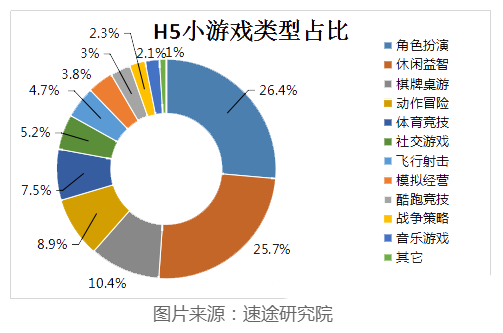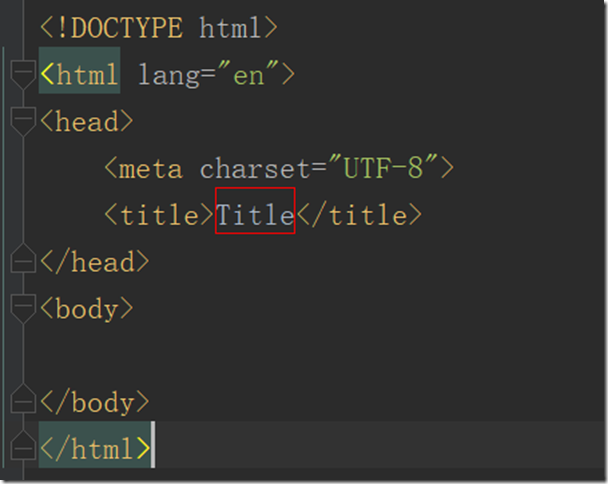上一篇
如何用D3.js实现响应式数据可视化
- 行业动态
- 2025-04-24
- 3439
D3.js可通过动态绑定数据和元素实现可视化图表自适应,结合窗口监听事件与视图比例计算,自动调整SVG尺寸及元素布局,确保在不同屏幕分辨率下保持响应式设计,支持数据更新时平滑过渡,适配多种终端显示需求。
在数据可视化领域,D3.js因其强大的灵活性和定制化能力成为开发者首选工具,但当可视化作品需要适配不同终端设备时,开发者常面临图表变形、交互失效等问题,本文将系统解析如何实现D3.js可视化项目的自适应效果,并提供可直接落地的解决方案。
自适应设计核心原理
视口动态感知机制
通过window.innerWidth和window.innerHeight实时获取浏览器窗口尺寸,结合window.addEventListener('resize', callback)监听窗口变化事件,建议使用防抖函数控制重绘频率:let resizeTimer; window.addEventListener('resize', () => { clearTimeout(resizeTimer); resizeTimer = setTimeout(updateChart, 150); });比例计算法则
采用相对单位替代固定像素值:const width = container.offsetWidth * 0.9; const height = width * (9/16); // 16:9比例适配
SVG画布动态缩放
在缩放过程中保持元素比例不失真:
const svg = d3.select('#chart') .attr('viewBox', `0 0 ${baseWidth} ${baseHeight}`) .attr('preserveAspectRatio', 'xMidYMid meet');
响应式布局实现方案
方案1:多断点适配
const breakpoints = {
mobile: 640,
tablet: 1024,
desktop: 1280
};
function responsiveRender() {
const screenWidth = window.innerWidth;
if (screenWidth < breakpoints.mobile) {
renderMobileLayout();
} else if (screenWidth < breakpoints.tablet) {
renderTabletLayout();
} else {
renderDesktopLayout();
}
}方案2:动态缩放算法
function dynamicScaling() {
const baseWidth = 1200;
const scaleFactor = Math.min(
window.innerWidth / baseWidth,
1.2 // 最大缩放限制
);
d3.select('#chart-container')
.style('transform', `scale(${scaleFactor})`)
.style('transform-origin', 'top left');
}交互优化实践
触控设备适配
const isTouchDevice = 'ontouchstart' in window; svg.call( d3.zoom() .filter(() => !isTouchDevice || event.type === 'wheel') .on('zoom', handleZoom) );动态元素密度控制
根据容器尺寸智能调整数据粒度:function adjustDataDensity() { const containerWidth = document.getElementById('chart').offsetWidth; const optimalBars = Math.floor(containerWidth / 60); // 每60px显示一个柱 const filteredData = rawData.slice(0, optimalBars); updateBars(filteredData); }
性能优化关键点
Canvas渲染加速
对复杂图表采用混合渲染模式:const canvas = d3.select('#chart').node(); const context = canvas.getContext('2d'); function draw() { context.clearRect(0, 0, width, height); // 自定义Canvas绘制逻辑 }动态卸载机制
let activeAnimations = []; window.addEventListener('resize', () => { activeAnimations.forEach(animation => animation.stop()); redrawChart(); });
常见问题解决方案
| 问题现象 | 排查重点 | 修复方案 |
|---|---|---|
| 移动端点击失效 | 触摸事件冲突 | 添加touch-action: pan-y样式 |
| 缩放后文本模糊 | CSS缩放方式不当 | 改用viewBox缩放 |
| 窗口抖动 | 重绘频率过高 | 增加防抖阈值至200ms |
| 移动端溢出滚动 | 视口元标签缺失 | 添加<meta name="viewport"> |
最佳实践案例
实时数据仪表盘适配方案:
使用
ResizeObserverAPI替代窗口监听const observer = new ResizeObserver(entries => { entries.forEach(entry => updateChart(entry.contentRect)); }); observer.observe(document.getElementById('dashboard'));采用CSS网格布局构建响应式骨架:
.dashboard-container { display: grid; grid-template-columns: repeat(auto-fit, minmax(300px, 1fr)); }
引用说明
- D3.js官方文档响应式设计章节 [developer.mozilla.org]
- W3C可视视口规范 [w3.org/TR/css-sizing]
- 移动端触控事件标准 [w3.org/TR/touch-events]














